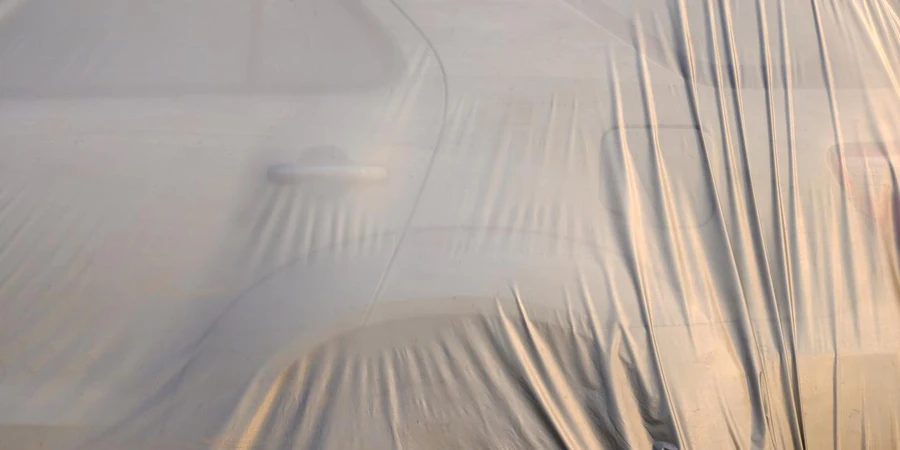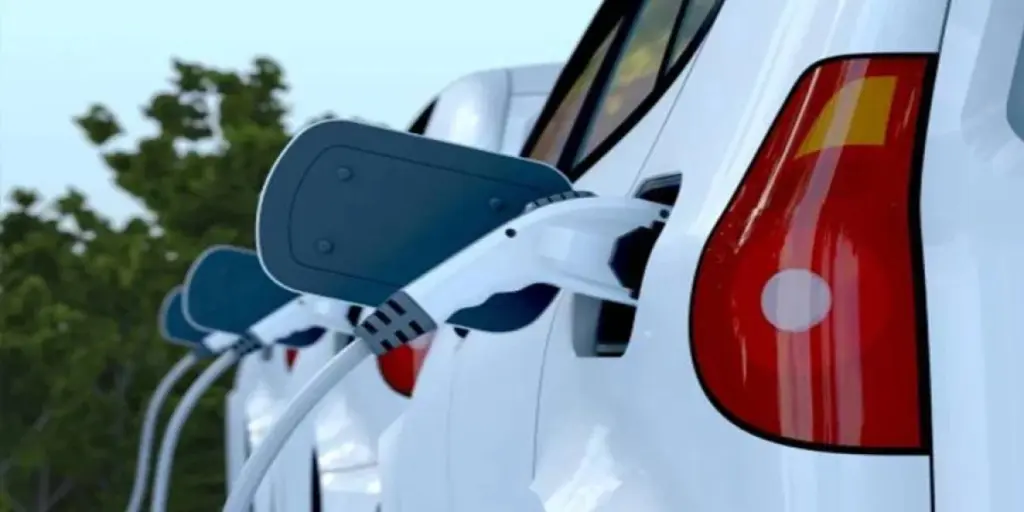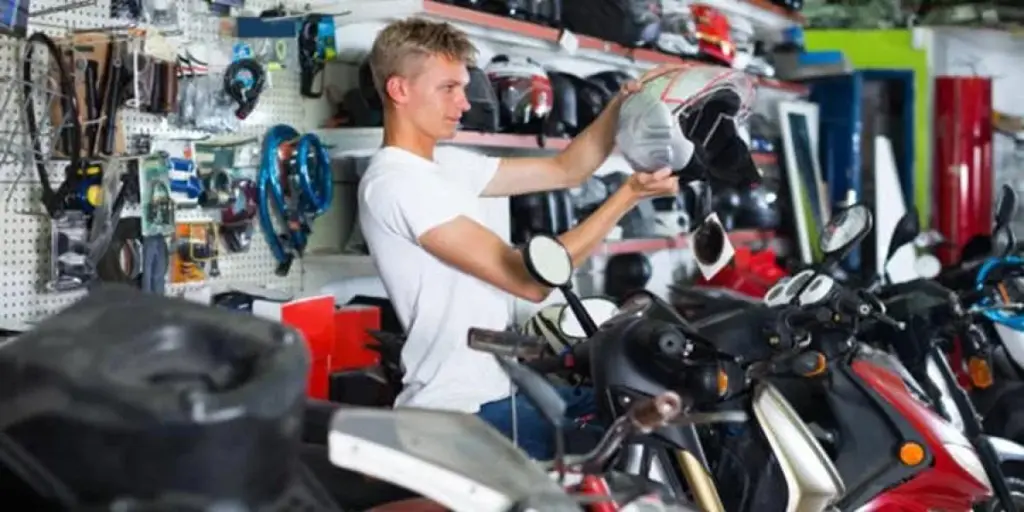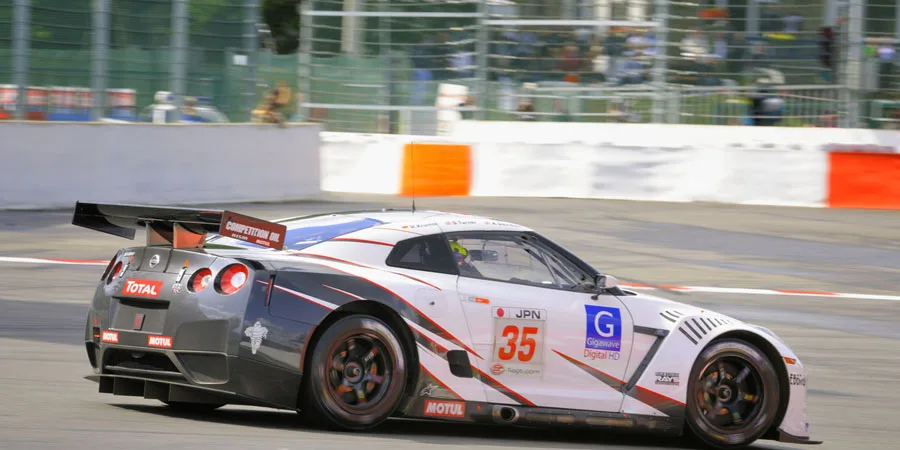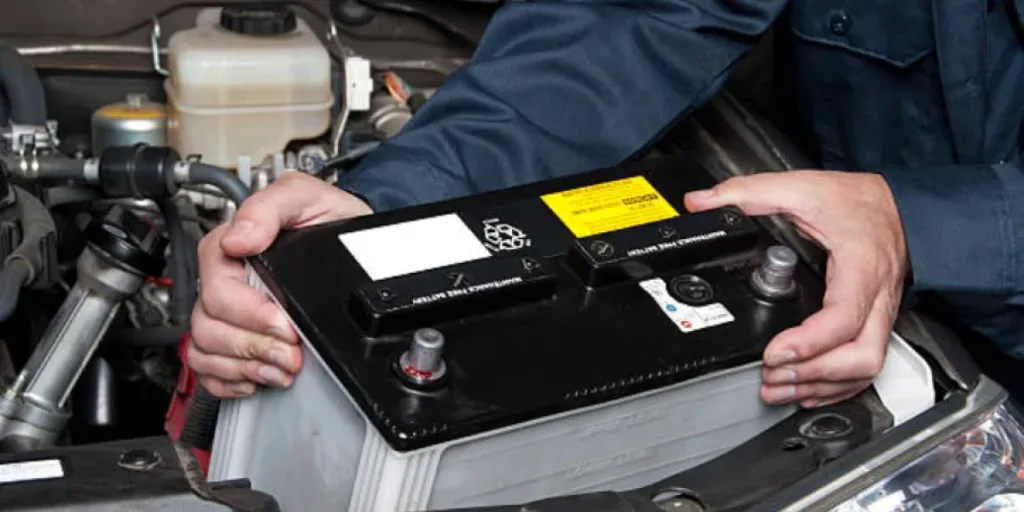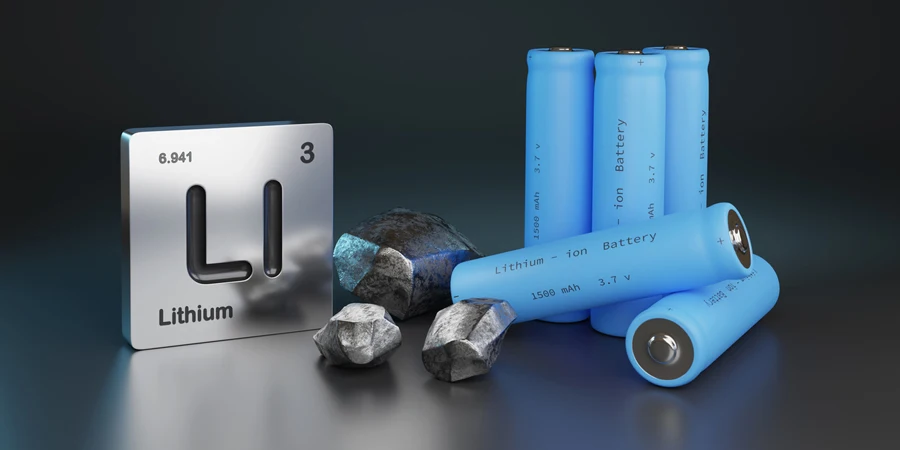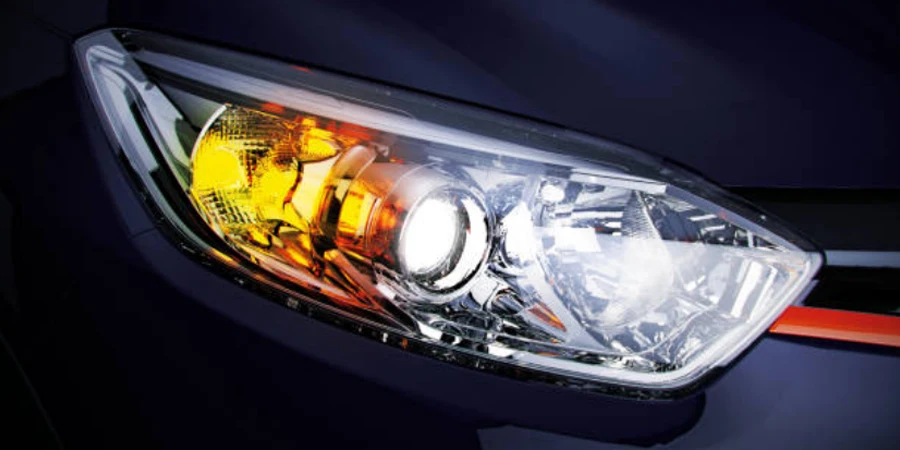In the rapidly evolving auto accessory market, car covers stand out as essential investments for vehicle protection in 2024. Designed to shield against environmental hazards, these covers preserve aesthetic and structural integrity, enhancing vehicle longevity. Advancements in material technology and design now provide robust defense against UV rays, rain, dust, and impacts. Selecting the right car cover is crucial, as it ensures vehicles remain in top condition, safeguarding their value and performance. This guide explores the latest innovations and top models available, equipping buyers with the knowledge to make informed decisions.
Table of Contents
1. Car cover varieties and their vital roles
2. 2024 insights: what’s shaping the car cover market
3. Decoding the essentials of car cover selection
4. Spotlight on 2024’s elite car cover models
Car cover varieties and their vital roles

The car cover market has diversified significantly, with products designed to meet specific environmental challenges and protection needs. These variations play a crucial role in maintaining the longevity and appearance of vehicles, making the selection of an appropriate car cover a strategic decision.
Shielding indoors vs. battling the elements: A comparative look. Indoor car covers are typically lightweight, designed to protect against dust and minor abrasions rather than harsh weather. These covers are often made from softer, more breathable materials like cotton or polyester blends, which are gentle on paint and suitable for vehicles stored in garages where moisture and temperature can be controlled. In contrast, outdoor car covers need to be much more robust, capable of withstanding severe weather conditions from heavy rain and snow to intense sunlight. These covers are constructed from heavier, waterproof, or water-resistant materials with added UV protection to prevent fading. They often feature built-in tie-downs or elastic hems to ensure they remain secure in windy conditions.
Tailored protection: Covers for every climate. The need for customized protection has led to the development of specialized car covers that cater to specific climatic conditions. In areas prone to heavy rainfall or snow, waterproof or highly water-resistant covers are essential. These are typically made with layers that include a water-repellent outer layer and a soft, paint-protective lining. For regions with high UV exposure, car covers with reflective properties and UV-blocking treatments are crucial to prevent paint degradation and interior damage. Furthermore, for areas with frequent hailstorms, padded car covers offer an additional layer of protection to minimize denting and scratching from ice impacts.
The evolution of car cover technology has also integrated advanced materials and designs to enhance protection. For instance, multi-layer covers combine breathability with moisture resistance, ensuring that while water does not penetrate the cover, air can still circulate to prevent mold and condensation. Market analysis projects that the global car covers market will grow significantly, driven by these technological advancements and an increasing awareness of vehicle protection needs.
2024 insights: what’s shaping the car cover market

The car cover market is witnessing significant evolution driven by consumer demands and technological advancements. Experts currently value the car cover market at US$ 817 million, and they expect it to reach US $1028.3 million by 2031. They estimate this boost will happen at a 3.3% compound annual growth rate (CAGR) from 2024 to 2031.
Current trends fueling market dynamics: The market for car covers is expanding, reflecting a growing awareness among vehicle owners of the need to protect their investments from environmental and human elements. A key driver is the increased exposure of vehicles to extreme weather conditions, prompting the need for more durable and effective covers. Furthermore, the market sees a surge in demand for custom-fit solutions, tailored to individual vehicle specifications to ensure maximum protection and aesthetic appeal. This demand is supported by an increasing preference for luxury and classic cars, where owners are particularly keen on preserving the vehicle’s condition.
Another significant trend is the rise of e-commerce, which has made car covers more accessible to a global audience. Online platforms offer a broader range of products, including niche covers for specific environments like coastal areas where salt spray is prevalent, or urban settings with high pollution levels. These platforms also facilitate consumer reviews and comparisons, further influencing buyer decisions by highlighting product effectiveness and customer satisfaction.
Breakthroughs in fabric technology and design: Material innovation is at the forefront of the car cover industry’s evolution. Recent developments have introduced fabrics that are not only waterproof and UV-resistant but also breathable, preventing moisture accumulation that can damage a vehicle’s paintwork. These materials incorporate multilayer technology that combines protective and breathable layers, offering enhanced protection against the elements while ensuring that the cover itself does not cause damage due to trapped moisture.
Moreover, the integration of smart technology into car covers is beginning to take hold. Features like embedded sensors can alert owners to conditions such as moisture build-up, excessive heat, or attempted theft, adding a layer of security and functionality that extends beyond simple protection. Some covers are now equipped with solar panels to help charge battery-powered security systems or other vehicle accessories.
In design, there is a shift towards more aerodynamic covers that reduce wind buffeting and improve the cover’s ability to stay in place. Manufacturers are also focusing on aesthetic aspects, offering a range of colors and patterns that appeal to vehicle owners looking to match their cover with their personal style or car’s branding.
The current trajectory of the car cover market is shaped by these trends and technological innovations, driving forward a sector that plays a crucial role in automotive maintenance and care. As these trends continue to develop, they promise to bring even more sophisticated solutions to the market, catering to the ever-evolving needs of modern vehicle owners.
Decoding the essentials of car cover selection

Selecting the right car cover requires careful evaluation of materials, precision in fit, and the integration of advanced features that combine functionality with innovation. This section explores the essential factors that influence the efficacy and longevity of car covers.
Weighing material choices for longevity and defense: Material choice is paramount in determining the durability and protective capabilities of a car cover. For instance, the CarCovers.com Platinum Shield is praised for its multi-layer fabric that offers robust defense against environmental hazards. These layers include a UV-resistant outer material that helps prevent sun damage and an inner fleece lining that safeguards the car’s paint by providing a soft touch barrier. Additionally, high-end materials such as polyethylene or polypropylene offer superior waterproof and breathable properties, ensuring that covers do not trap moisture, which can lead to mold and mildew.
Precision in fit and coverage: Maximizing protection. A precise fit is crucial for maximizing protection. Custom-fit covers, tailored to the specific dimensions of a vehicle, ensure complete coverage, eliminating gaps that could expose parts of the vehicle to the elements. For example, products from brands like Covercraft and Coverking are known for their vehicle-specific designs that snugly fit over contours, including mirrors and bumpers, providing comprehensive protection. On the other hand, universal covers may require additional securing features such as elastic hems or tie-down straps to prevent the cover from blowing away in strong winds, ensuring they remain in place even during severe weather.
Advanced features: Enhancing functionality through innovation. The latest car covers come equipped with features that enhance their protective functionality and user convenience. For instance, some covers now include built-in security features like lockable grommets or alarms that deter theft and unauthorized removal. Innovations such as reflective surfaces for UV protection and integrated solar panels to charge protective devices are becoming more common. The Seal Skin Supreme Car Cover, noted for its outdoor durability, incorporates minimal openings and taped seams to enhance its water-repellent capabilities, making it an excellent choice for areas prone to heavy rainfall.
Moreover, the integration of smart technology in car covers, such as environmental sensors that monitor conditions like moisture levels or temperature, adds a layer of functionality that goes beyond traditional covers. These sensors can alert vehicle owners via a mobile app when conditions under the cover reach levels that could potentially harm the vehicle, allowing for timely interventions.
Spotlight on 2024’s elite car cover models

Champions of durability and design: In 2024, standout models in the car cover market distinguish themselves through superior construction, innovative materials, and model-specific designs that ensure optimal protection and longevity.
CarCovers.com Platinum Shield: This model is celebrated for its superior protection, particularly its durable multi-layer fabric that guards against UV rays, rain, and scratches while promoting air circulation to prevent condensation. Priced at approximately $195, it is tailored to fit specific vehicle models, which ensures a snug fit without the need for additional straps, even in high winds. The outer layer’s reflective properties also contribute to lowering the vehicle’s surface temperature by reflecting sunlight.
Seal Skin Supreme Car Cover: Known for its robust outdoor performance, this cover is priced at $170 and features a revolutionary SEAL-TEC fabric that is exceptionally water-repellent and breathable, making it ideal for wet climates. Its design minimizes seams and openings, enhancing its water resistance and overall protective capability. Additionally, the Seal Skin Supreme offers a decade-long warranty, underscoring its durability and quality.
Budge RSC-3: Optimized for indoor use, this cover costs around $135 and is noted for its soft, stretchable fabric that is gentle on paint and effective at shielding vehicles from dust and minor impacts. Its universal fit and full elastic hem ensure it can adapt to various car sizes, making it a versatile choice for indoor protection. The lightweight nature of the Budge RSC-3 also allows for easy handling and storage, ideal for vehicle owners who frequently cover and uncover their cars.
Feature deep dive: Comparing leaders in the league. The leading car covers of 2024 distinguish themselves not just by their materials or basic functionalities but by specialized features tailored to various user scenarios. Here’s a deeper comparison of how these elite models stack up against each other based on their unique features.
Weather Resistance: The Seal Skin Supreme Car Cover excels in outdoor protection, constructed with a SEAL-TEC fabric that is highly water-repellant and breathable, making it ideal for regions experiencing heavy rainfall. In contrast, the Motor Trend SafeKeeper is designed for extreme conditions, boasting a multi-layer structure that includes an ethylene-vinyl acetate layer for enhanced water and UV resistance, suitable for both sun and rain exposure. The Tour Performance, although rated as the best waterproof cover, incorporates a three-layer spun-bond polypropylene that resists water but is also designed for general weatherproofing, making it versatile for varied climates.
Material Durability and Breathability: The CarCovers.com Platinum Shield stands out for its use of a durable, multi-layer fabric that includes a micro-porous film allowing for breathability, which is crucial in preventing moisture buildup under the cover. This makes it a top choice for maintaining a vehicle’s condition without trapping condensation. The Budge RSC-3, although mainly an indoor cover, uses a high-quality stretchable nylon and polyester blend that offers a balance between light protection and ease of handling, making it less ideal for harsh outdoor conditions but perfect for indoor dust and scratch protection.
Installation and Ease of Use: Ease of installation is a critical feature for car owners who use covers frequently. The Budge RSC-3 excels in this area with its lightweight material and elastic hem that ensures it can be fitted quickly and effortlessly, akin to putting on a fitted sheet. The Motor Trend SafeKeeper also highlights ease of use with its pre-attached wind-resistant safety straps, making it quick to deploy without needing to crawl under the vehicle to secure it, unlike the Seal Skin Supreme, which requires additional effort to secure with understraps.
Additional Features: Some models incorporate advanced technological features to enhance functionality. For instance, the Platinum Shield not only protects against UV rays but also includes a reflective outer layer that helps keep the vehicle cool in hot weather. Meanwhile, the Tour Performance includes integrated tie-down straps and a carrying case for easy storage and portability, offering additional convenience for users on the go.
Conclusion
Selecting the right car cover in 2024 hinges on understanding the specific needs dictated by the vehicle’s storage conditions and the local climate. From the robust outdoor protection offered by the Seal Skin Supreme to the sophisticated material technology of the CarCovers.com Platinum Shield, each model provides tailored benefits. Features such as enhanced water resistance, UV protection, and ease of use should guide the selection process, ensuring that each cover not only preserves the vehicle’s aesthetic and structural integrity but also adapts seamlessly to environmental challenges.
